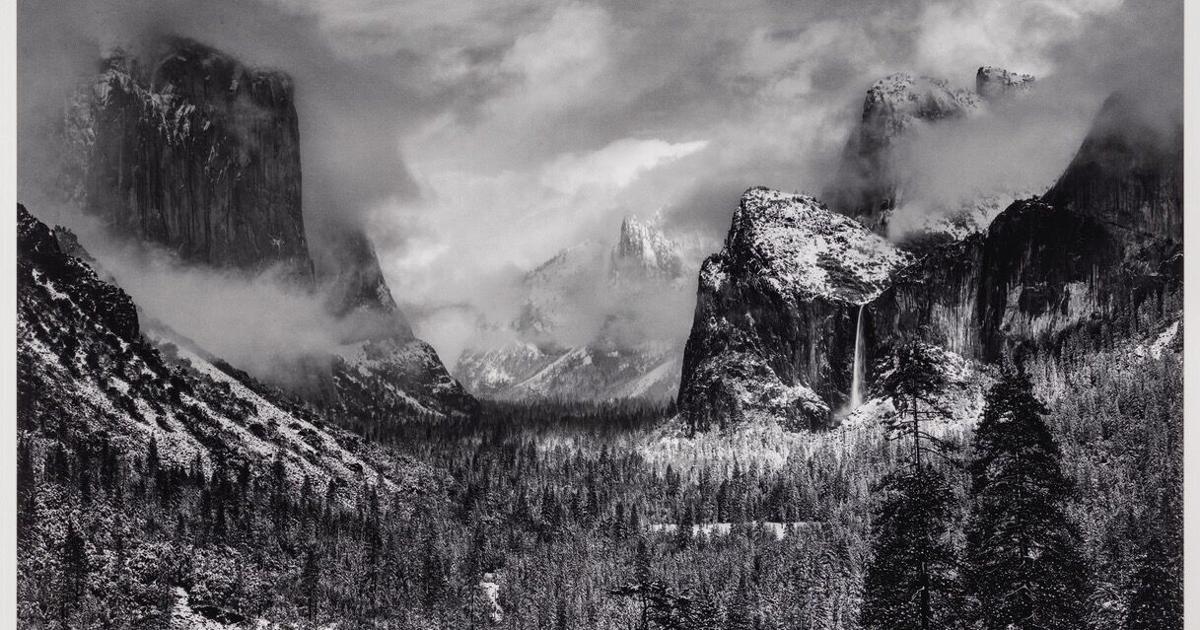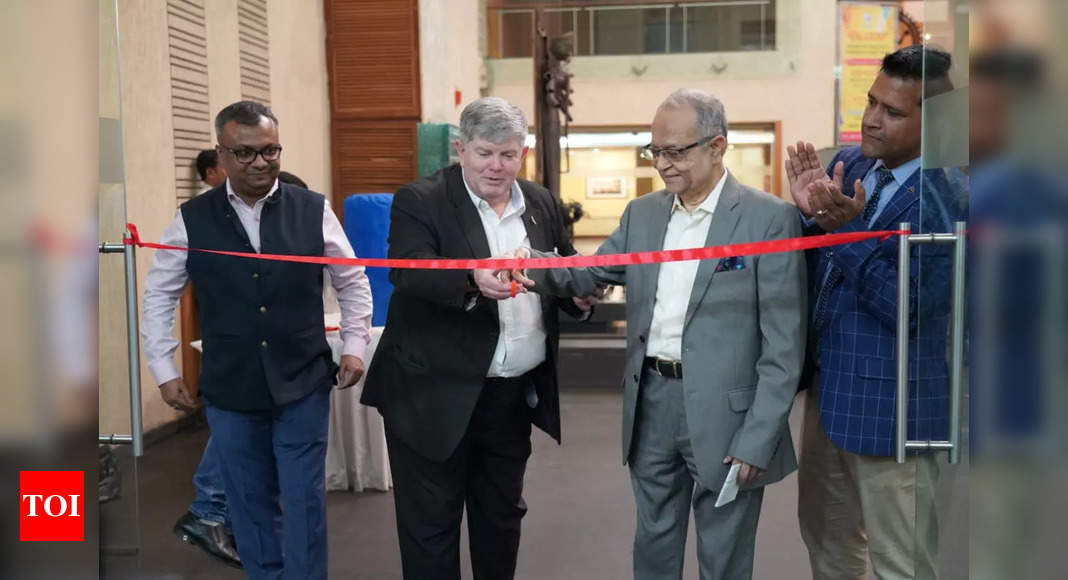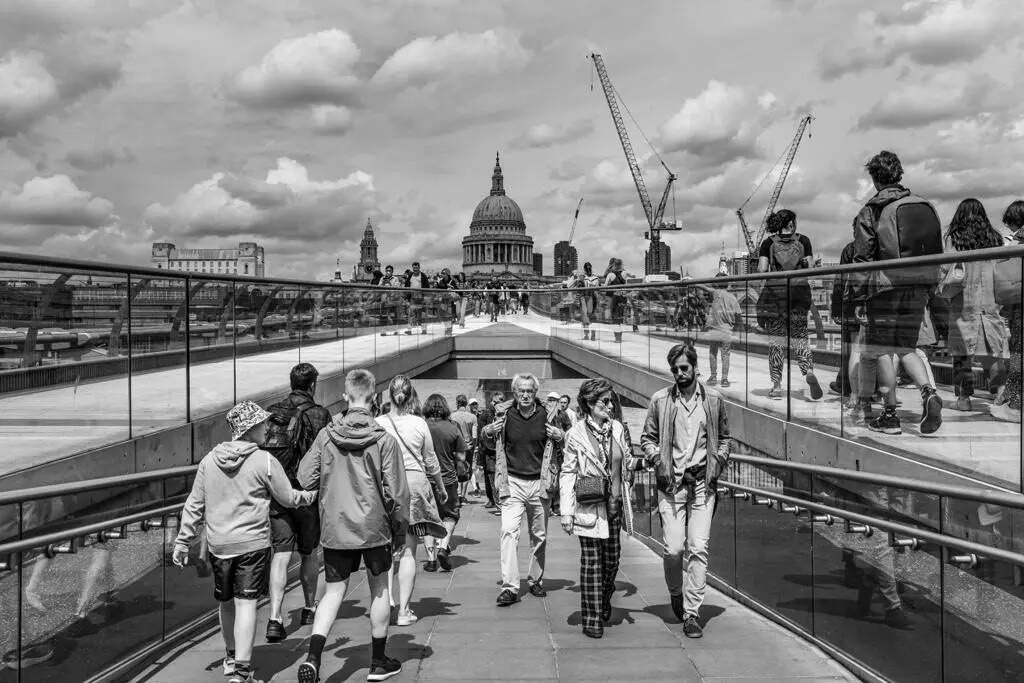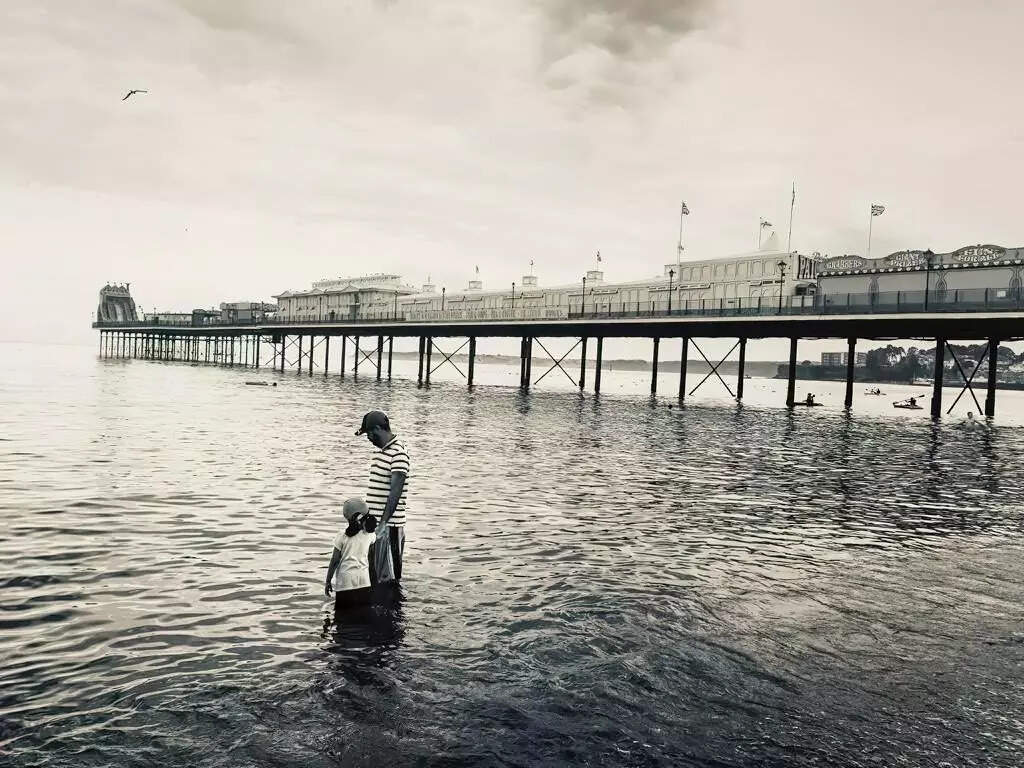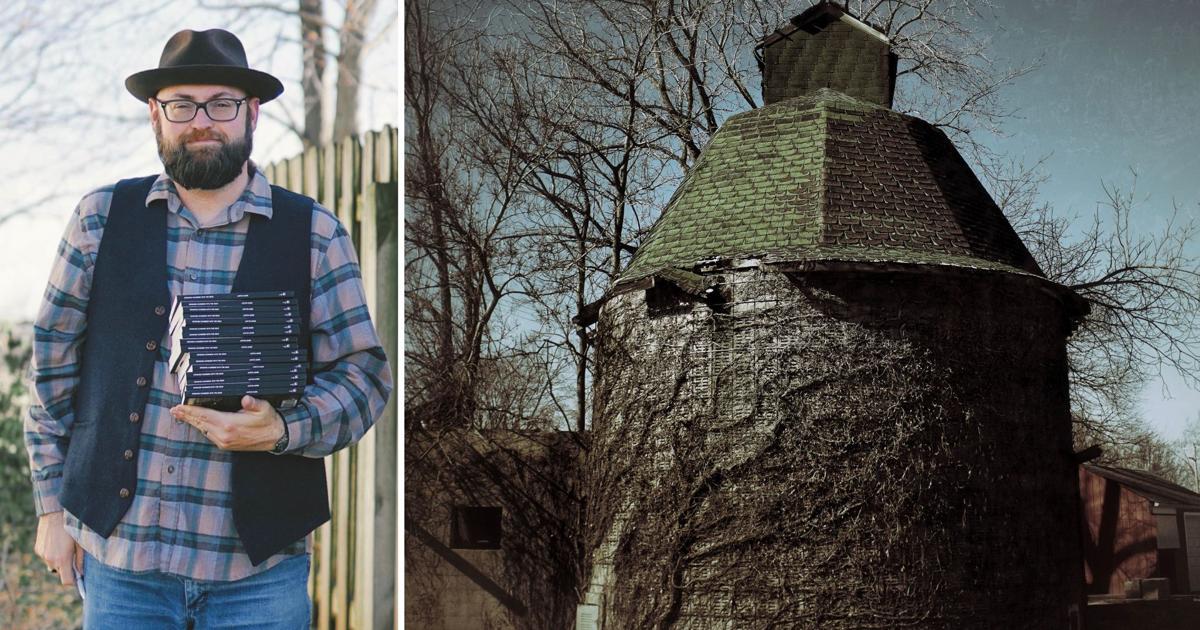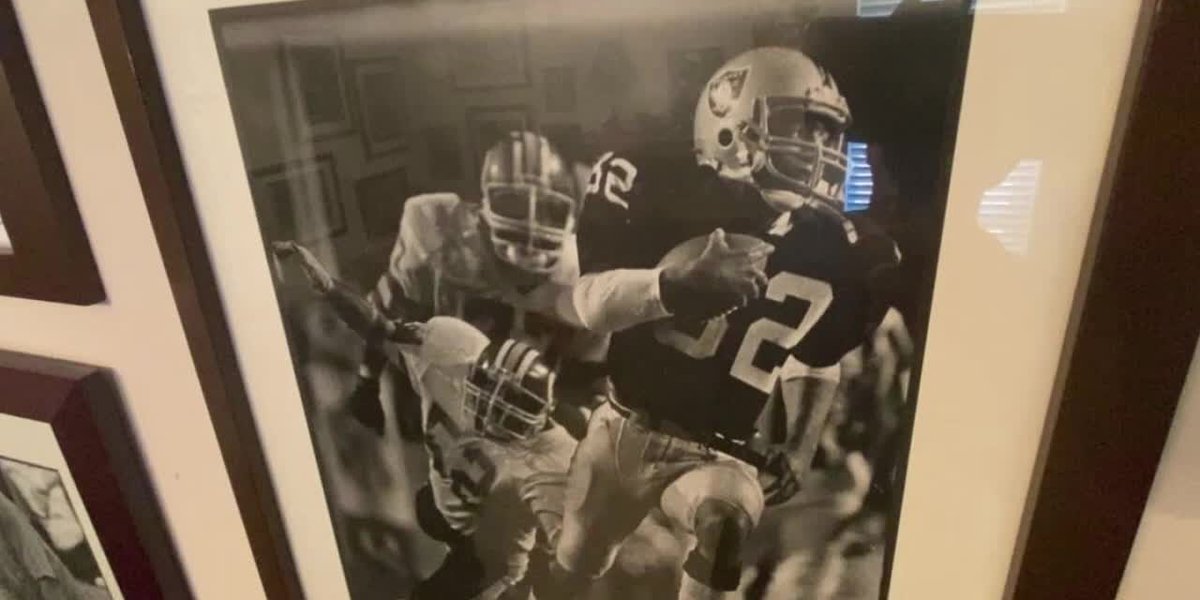[ad_1]
We talked last month about the importance of waiting to improve the photographs you capture and how the best images are often in the future waiting to be captured.
Now this raises the question, what are you waiting for?
Waiting for light
Years ago, when I was just beginning to catch a passion for panoramic images, I saw a great sunset coming.
It was one of those spring evenings with heavy overcast and rain showers along the Blue Mountains and clear skies far to the west.
It was the kind of evening where you just know there is a good, good chance for that sun to break out beneath the cloud cover and bathe them in glorious golden light.
And with the showers, there was a chance for a rainbow bonus!
Now, if you wait at home for the light to be perfect, you’ll be stuck with gorgeous skies and ugly power lines, trees and the neighbors’ roofs.
Or a ticket for racing 100 mph to get somewhere worthy of the light.
Better to head out to the perfect spot and realize your predicted outcome. Hopefully.
I much prefer eastern skies sunsets for their more subtle beauty, so I headed out to one of the many vineyards where I have permission to shoot (the old Tertulia property) and got into position with a specific composition in mind. And then I waited.
The wait was worth it.
On the roof of my old Blazer, I sat, prayed and enjoyed the changing light. You can see the results in the three panoramics pictured here.
Waiting for the fugitive moment
This wait is less definable than the one for light. The moment is just that “something” that makes a photograph.
One of the fathers of true photojournalism, Henri Cartier-Bresson says, “composition must be one of our constant preoccupations, but at the moment of shooting it can stem only from our intuition, for we are out to capture the fugitive moment, and all the interrelationships involved are on the move.”
I like that – the fugitive moment. It can be as subtle as the gleam in the eye, or as bold as a cowboy hurtling through the arena space from the back of a bull.
I chose to illustrate the fugitive moment with two shots from this past Guitar Festival.
I chose a position stage-side and had a composition locked in, but for things to come together within that frame, I had to wait.
Since I was focused on the headliner and his guitar player, I needed something from both at the same moment. My knees held out, and I got the shot.
Waiting for what you need
There are times when I know exactly what I want from a shoot. Sometimes it can be achieved by perfect framing.
Often, most often, it is achieved by waiting for exactly what I need.
At a recent high school track meet I could completely see the shot I wanted from the long jump event: a jumper soaring above the bleachers on her way to the pit.
Composing it was easy, low angle with the camera on the ground and a 24mm lens pointed slightly up. (After all these years I didn’t need to look through the viewfinder.)
Then it was a matter of waiting… and hoping. Not all young jumpers have the kind of legs-high form the shot required. Mya Adams did, and I had the shot.
In this case, the perfect shot I envisioned wasn’t required. The editors would have been happy with less, but I needed it.
Practice patience and waiting. Often the wait is not only worth it but can be a reward within itself.
[ad_2]



